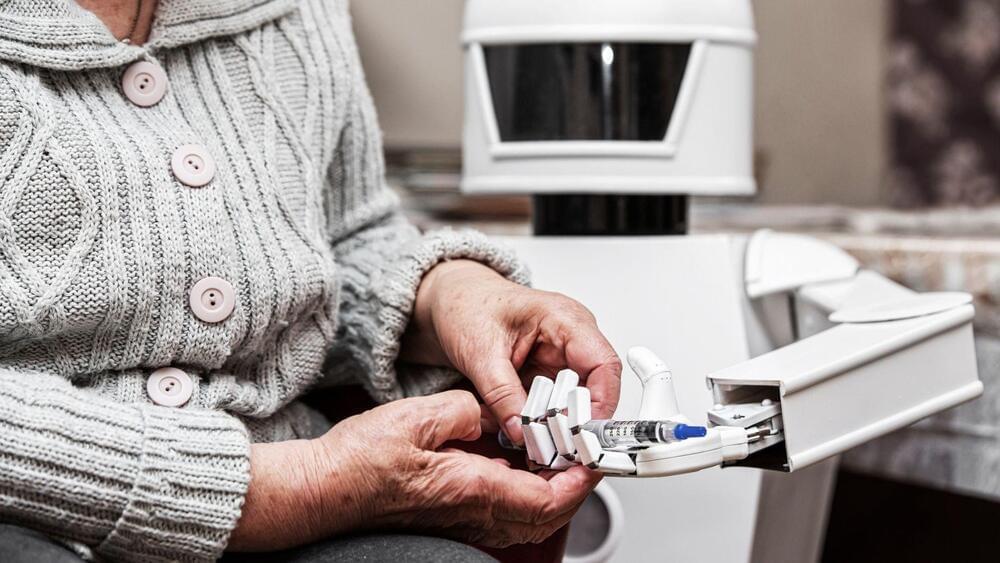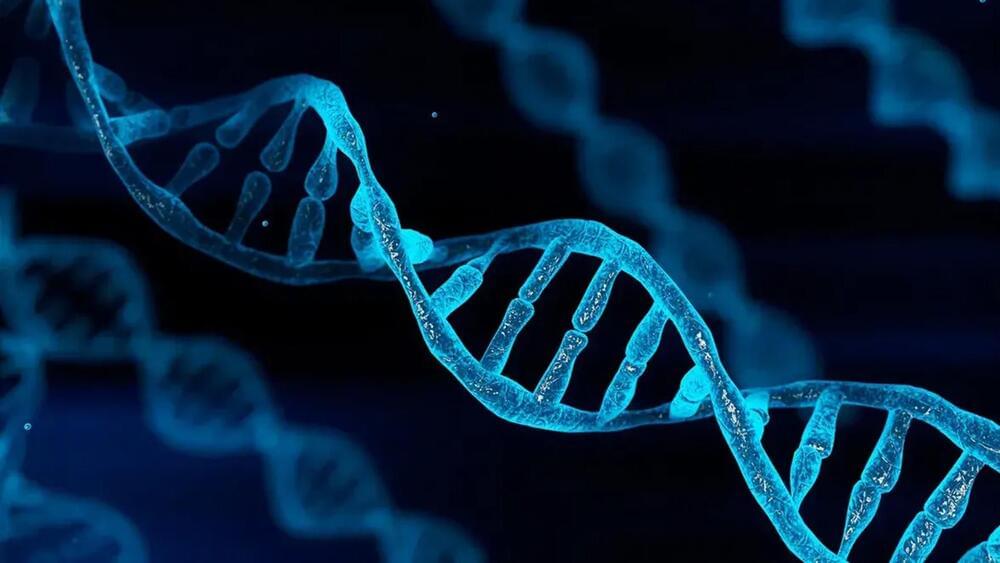Amazon researchers draw inspiration from finite-volume methods and adapt neural operators to enforce conservation laws and boundary conditions in deep-learning models of physical systems.
Get the latest international news and world events from around the world.

Mushrooms magnify memory
Lions mane the mushroom can actually stop alzheimers and dementia by boosting nerve growth 😗😁
Researchers from The University of Queensland have discovered the active compound from an edible mushroom that boosts nerve growth and enhances memory.
Professor Frederic Meunier from the Queensland Brain Institute said the team had identified new active compounds from the mushroom, Hericium erinaceus.
“Extracts from these so-called ‘lion’s mane’ mushrooms have been used in traditional medicine in Asian countries for centuries, but we wanted to scientifically determine their potential effect on brain cells,” Professor Meunier said.

Russia’s war on Ukraine has caused lasting damage to international spaceflight cooperation
This article gives a clear and chilling assessment of the impact of the Ukraine conflict on the future of collaborative space exploration; in doing so it highlights how humankind’s habitual tendency towards wars severally slow, if not completely halt, our urgent reach for the stars. As that old warrior Churchill once said„ ‘Jaw, jaw is always better than War, war!’
Russia’s invasion of Ukraine in February 2022 has resulted in hundreds of thousands of deaths, millions homeless and displaced and billions of dollars of damage in infrastructure. The conflict has also had less immediate but significant impacts on other areas, including on the space industries of Ukraine and Russia, but also globally in terms of the launch market, spaceflight activity and international cooperation.
In the wake of the start of the conflict on Feb. 24, 2022, and resulting international backlash against Russia, the then-head of the Russian space agency Dmitry Rogozin threatened to end its cooperation with the West on the International Space Station (ISS) program over sanctions imposed on Russia. He also issued a threat to SpaceX founder and CEO Elon Musk for the company’s role in providing connectivity through its Starlink satellites.

Waterloo engineers task AI robot to help people with dementia
Harnessing the power of Artificial Intelligence to help patients keep track of their medicines, glasses, and even their keys.
It is estimated that the number of people with dementia will significantly increase in the coming years, with some estimates projecting numbers to double in the United States by 2050.
One of the ramifications of dementia, amongst many, is the loss of memories, especially episodic memories. These are of a long-term nature and allow us to recall instances ranging from “How was my first day at school” to sensory information such as “What did I see” and “How did it smell.”

Human DNA is surprisingly easy to find in the environment
Human DNA is easy to find in the environment, with samples of such good quality it can identify individual people. That’s both a boon and a burden for researchers.
A new study out of the University of Florida has found that human DNA samples, some of extremely high quality, are easily found in the environment wherever researchers looked, offering both a bounty for scientific research but also an ethical dillema not easily solved.
Shutter2U/iStock.
In a paper published this week in Nature Ecology and Evolution, the researchers from the University of Florida’s (UF) Whitney Laboratory for Marine Bioscience and Sea Turtle Hospital took environmental DNA (eDNA) samples from water, soil, and air collections in its ongoing study of viral cancers among sea turtles, and looked for human DNA among the turtle DNA the team had already been collecting.
The science behind procrastination: Why we put things off and how to stop
Procrastination is a common problem, but there are ways to overcome it. Here we explore the science behind procrastination, what causes it, and the science-backed methods to overcome it.
Have you ever been in a situation where you’ve wanted to get something done but ended up putting it off until the last possible minute? Do you find yourself constantly delaying tasks until the last minute? Don’t worry; you’re not alone!
The practice of unnecessarily and voluntarily delaying or postponing duties or actions is known as procrastination. This often leads to missed deadlines, reduced quality of work, and increased stress and anxiety. Despite these downsides, many people struggle with procrastination on a regular basis.

‘Midjourney China’ launches — then its announcement disappears
After igniting a global obsession over generative art, ten-month-old Midjourney appears to be entering the Middle Kingdom, the world’s largest internet market.
In an article posted on the Tencent-owned social platform WeChat late on Monday, a corporate account named “Midjourney China” said it has started accepting applications for beta test users. But the account soon deleted its first and only article on Tuesday.
It’s unclear why the post disappeared after receiving an overwhelming reception in China. Applications would only be open for a few hours every Monday and Friday, the original post said, and users quickly filled up the first quota on launch day. TechCrunch hasn’t been able to test the product.

Microsoft’s Bing Chat gets deeper Edge mobile integration, a widget, and much more
Microsoft only just announced a round of new updates to its GPT-4-powered Bing Chat earlier this month, and it’s back today with some big improvements for mobile users. Just days after Google rebranded its AI tools for Docs and Gmail as Duet AI, Microsoft is now focused on mobile with contextual chat for Edge mobile, a Bing widget for iOS and Android, and even continuous Bing Chat conversations between mobile and desktop.
These new mobile-first features arrive just as Microsoft finishes rolling out its new image and video answers, restaurant bookings, and chat history features that were all announced earlier this month. Microsoft only launched Bing Chat nearly 100 days ago, and it’s showing no signs of slowing down with its AI announcements.
Starting today, you’ll now be able to start a Bing Chat conversation on a PC and then pick it up on mobile. Microsoft uses the example of asking Bing Chat to create a recipe for you on a PC and then asking it to provide a substitute on the mobile app when you’re at a grocery store and they’ve run out of an ingredient. This is starting to roll out today and will be available to all iOS and Android users within the next week.
ChatGPT rival Claude AI can comprehend an entire book in seconds
ChatGPT’s capabilities in comparison are miniscule even when using GPT-4.
Claude AI, the ChatGPT-rival from Anthropic, can now comprehend a book containing about 75,000 words in a matter of seconds. This is a huge leap forward for chatbots as businesses seek technology that can churn out large pieces of information quickly.
Since the launch of ChatGPT, we have also seen companies such as Bloomberg and JP Morgan Chase look to leverage the power of AI to make better sense of the finance world. While this process has taken them at least a few months, Anthropic, with its Claude AI, can reduce the time taken to just a few seconds.

Researchers in Israel Are Using A.I. to Translate Fragments of Ancient Cuneiform Text Into English
😗
The researchers are calling it a major step in the preservation of the cultural heritage of Mesopotamia.
Artnet News, May 15, 2023.